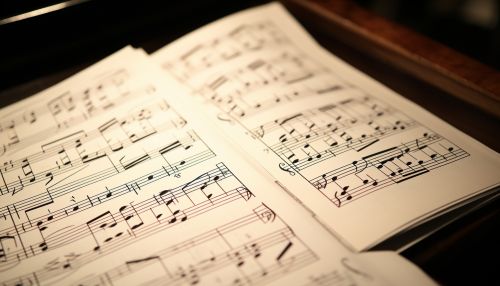Benesh Movement Notation
Introduction
Benesh Movement Notation (BMN) is a dance notation system that was developed by Joan and Rudolf Benesh in the mid-20th century. This system is used to visually represent human movement, particularly in the field of dance and choreography. The notation system is based on a five-line stave, similar to the one used in music notation, and uses a combination of symbols and abbreviations to denote different movements and positions.


History
Rudolf Benesh, a visual artist, and his wife Joan Benesh, a dancer, developed Benesh Movement Notation in the 1940s and 1950s. The couple sought to create a system that could accurately and comprehensively record the complex movements of dance. The Benesh Institute of Choreology was established in 1962 to promote the use and study of the notation system. The institute later merged with the Royal Academy of Dance in 1997, forming the Benesh International department.
Structure and Symbols
Benesh Movement Notation is structured around a five-line stave, which represents the human body from top (head) to bottom (feet). Each line and space on the stave corresponds to a specific part of the body. The notation uses a variety of symbols and abbreviations to represent different movements and positions. For example, a circle on the top line of the stave represents the head, while a horizontal line across the stave indicates a movement of the entire body.
Application
While Benesh Movement Notation was initially developed for dance, it has since been applied to other fields that involve human movement, such as sports, physical therapy, and animation. In dance, the notation system is used to record and reproduce choreography, allowing for the preservation and study of dance works. In sports and physical therapy, it can be used to analyze movement patterns and develop training or rehabilitation programs. In animation, the notation can provide a detailed guide for animating human characters.
Advantages and Limitations
One of the main advantages of Benesh Movement Notation is its comprehensiveness. The system can represent a wide range of movements and positions, making it suitable for recording complex choreographies. It also allows for the precise timing of movements, as each symbol or abbreviation is placed on the stave in relation to the musical score.
However, the notation system also has its limitations. Learning and using the system requires specialized training, which can be time-consuming. Additionally, the system may not be able to fully capture the nuances of certain movements, particularly those that involve the use of force or momentum.
